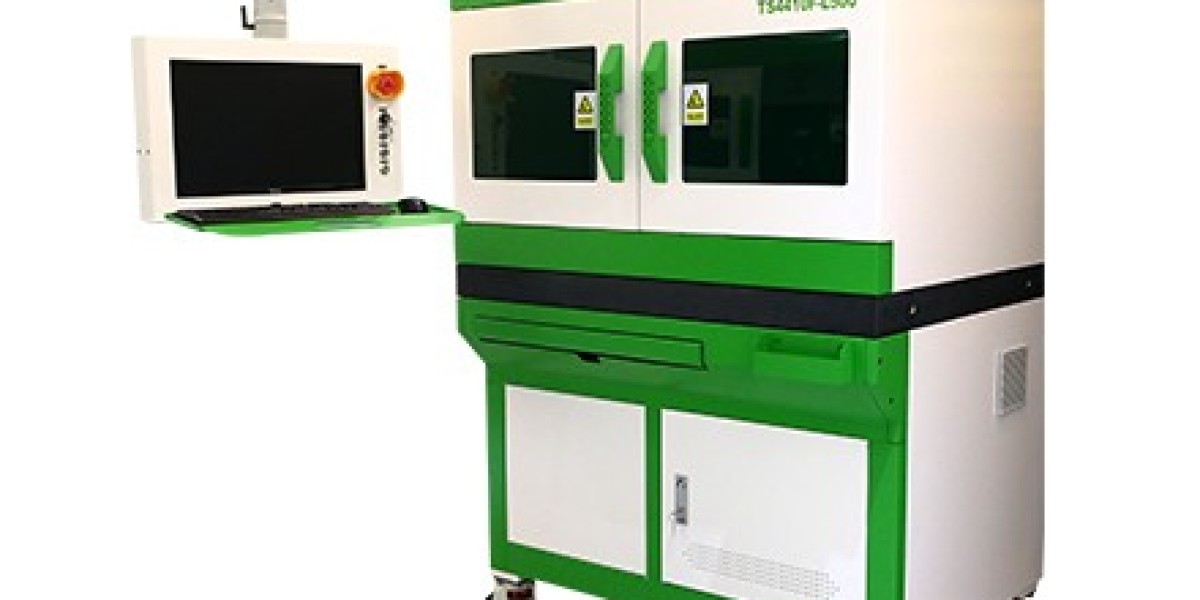In the world of high-precision electronics, laser trimming has emerged as a critical process for fine-tuning resistor values and enhancing the accuracy of analog circuits. Whether in automotive sensors, medical devices, or aerospace electronics, laser trimming machines are key tools used to achieve exact performance specifications with minimal error margins.
What is Laser Trimming?
Laser trimming is a process that uses a focused laser beam to remove small amounts of resistive material from a component, most commonly thick or thin film resistors. This process adjusts the resistance value to a highly accurate target tolerance, often down to 0.1% or better.
Unlike mechanical or chemical methods, laser trimming is:
Non-contact and highly controlled
Programmable for automated precision
Suitable for complex circuit geometries
This makes it ideal for modern electronic manufacturing, where consistency and miniaturization are critical.
Laser Trimming Machines: How They Work
A laser trimming machine typically integrates a high-speed galvanometer scanning head, a stable laser source (often UV or green lasers), and advanced software for measuring resistance in real-time. During the trimming process, the resistor is continuously monitored, and the laser cuts precise paths until the desired resistance is achieved.
Key features of modern laser trimming machines include:
Closed-loop trimming with real-time feedback
High-speed processing for mass production
Ability to trim various materials (thick film, thin film, ceramic substrates)
Integration with automatic testing and inspection systems
These machines are widely used in the production of hybrid circuits, MEMS sensors, and RF devices, where resistor trimming is essential for product quality.
Applications of Resistor Trimming in Electronics
Resistor trimming is indispensable in applications requiring precise voltage dividers, gain control, or frequency tuning. Common industries that rely on laser trimming include:
Automotive: Pressure sensors, ABS systems
Medical: ECG monitors, implantable devices
Telecommunications: RF filters, amplifiers
Aerospace & Defense: Navigation systems, missile guidance circuits
Trimming allows circuit designers to design cost-effective, high-performance systems without relying on expensive high-tolerance resistors.
Why Laser Trimming Is Still Relevant in 2025
Despite advances in printed electronics and digital calibration, laser trimming remains a superior method for precision analog tuning. With growing demands in IoT devices, 5G infrastructure, and medical diagnostics, the need for laser trimming machines is only expected to rise.
Furthermore, manufacturers are increasingly adopting AI and machine vision into resistor trimming systems, enabling fully automated smart trimming lines that minimize human intervention and maximize throughput.
Conclusion: Precision Starts with Laser Trimming
If you’re in electronics manufacturing and seeking reliable, scalable precision, laser trimming should be at the heart of your process. Investing in a high-quality laser trimming machine ensures your components meet tight specifications, increasing yield and reducing cost over time.
Whether you’re working with hybrid thick-film substrates or developing next-gen sensors, resistor trimming by laser is the proven method trusted by engineers worldwide.






